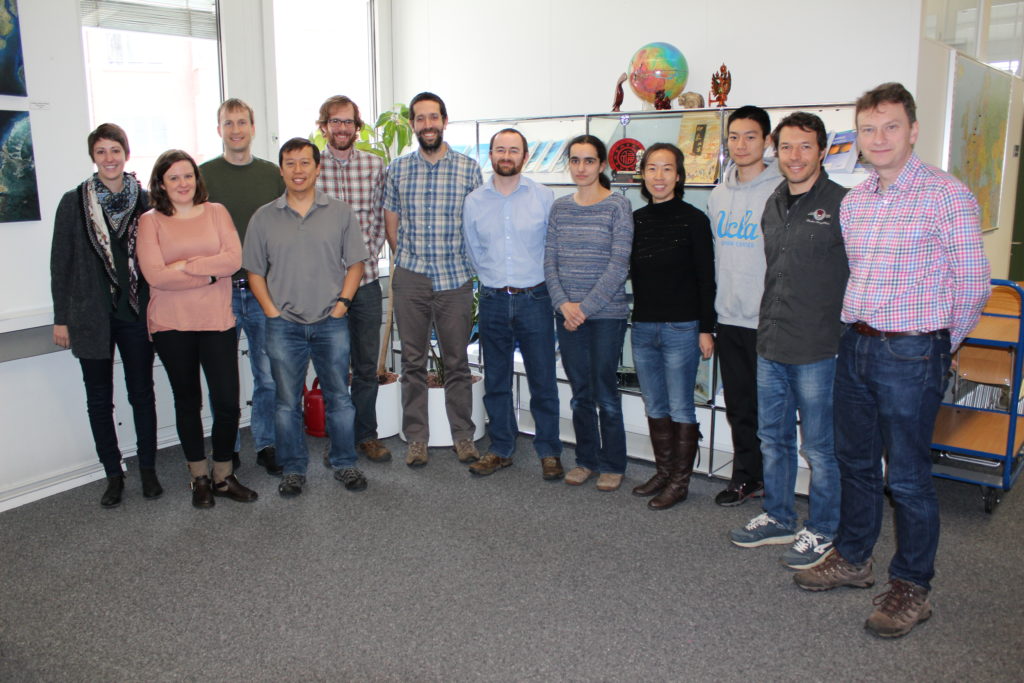
This week, the ISSI team led by Colin Snodgrass was meeting in wintery Bern, Switzerland. This has been an intense and fruitful week discussing the current state of our understanding of Main Belt Comets, and in particular of the detection of water (either gas or ice) in the Main Belt of Asteroids.
For the past 10 years or so, comet-like objects – i.e. objects which loose dusty material providing them with a coma and/or tail – have been discovered on asteroid-like orbits. Many physical processes can actually explain why and how asteroids could loose material from their surface/subsurface, which do not involve the sublimation of water ice like for comets (see the very good reviews by Heny Hsieh or David Jewitt). However, some of these objects do show a repeted activity, observed when they go through perihelion, on multiple orbits. This seems like an indication that water ice is indeed sublimating, like for regular comets. The issue is that no water has ever been detected for any of these objects. So is it because we cannot see it, due to technical limitations which could potentially be lifted with upcoming facilites like ALMA or JWST, or is this telling us something fundamental about the properties and evolution of these objects? We’ve agreed on one thing for sure, we need an other meeting!
